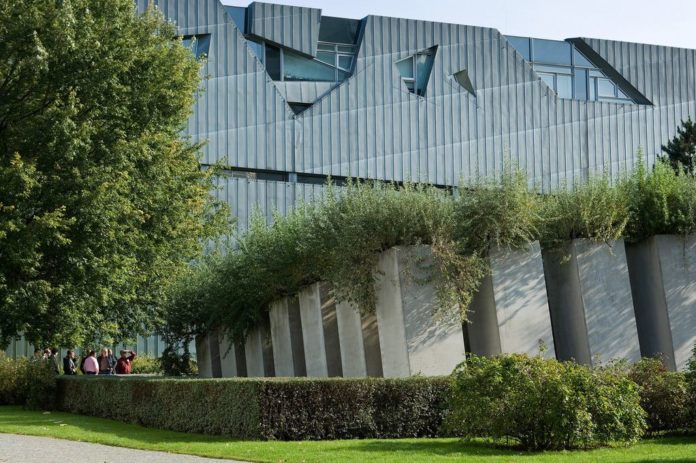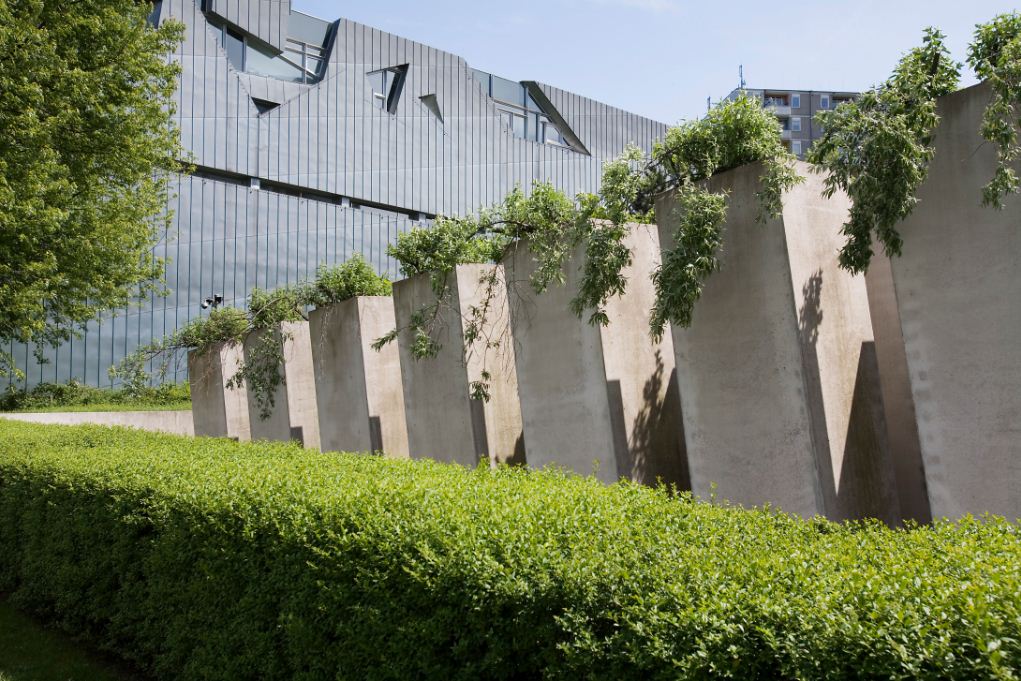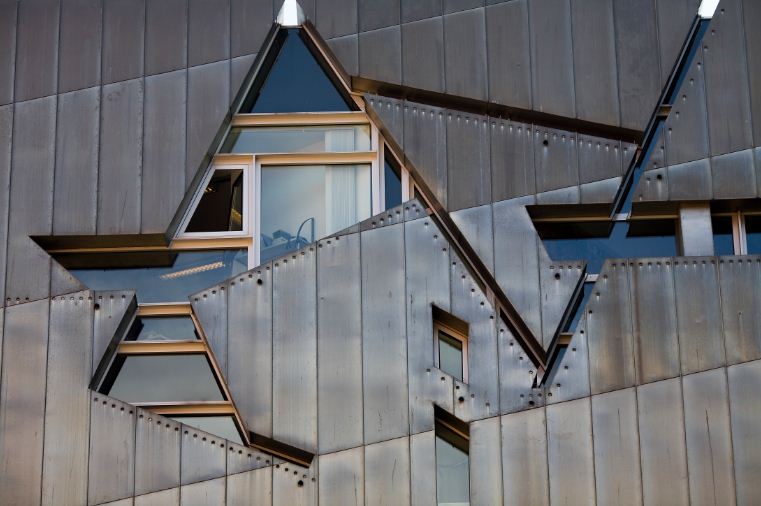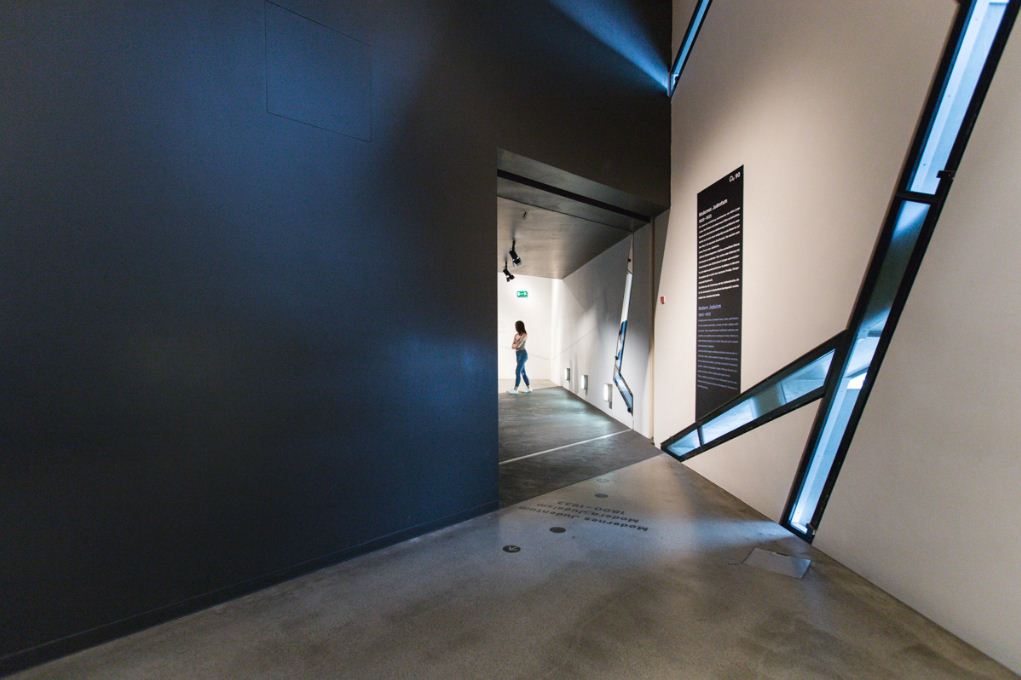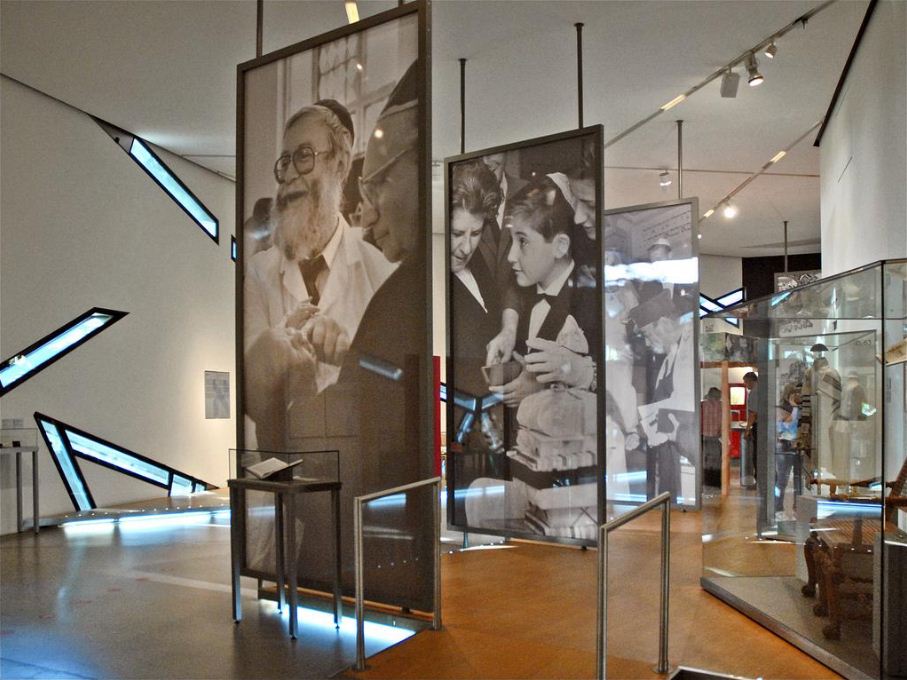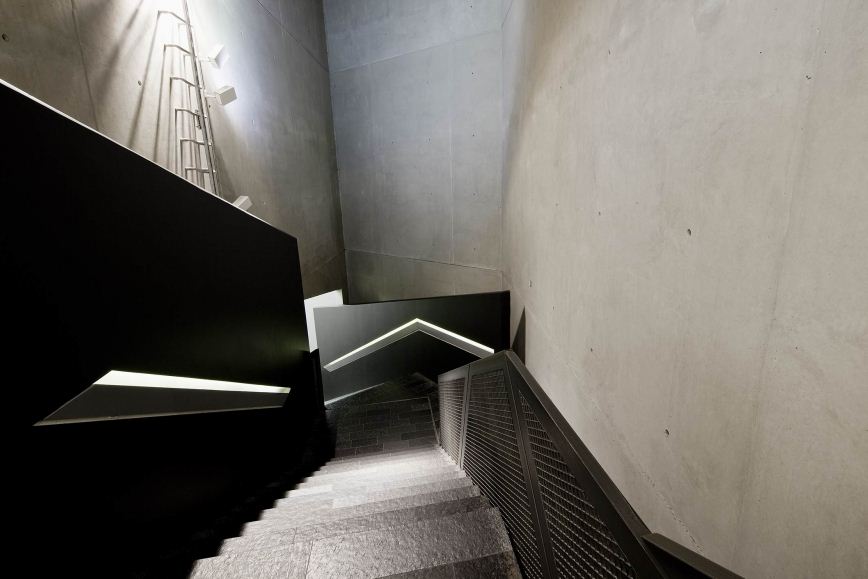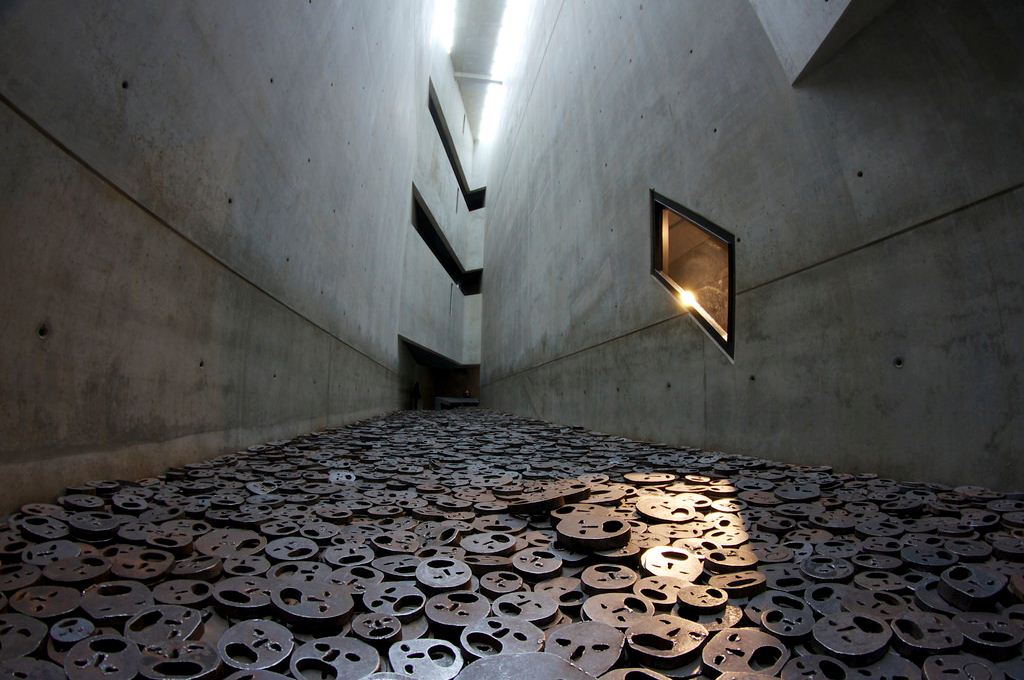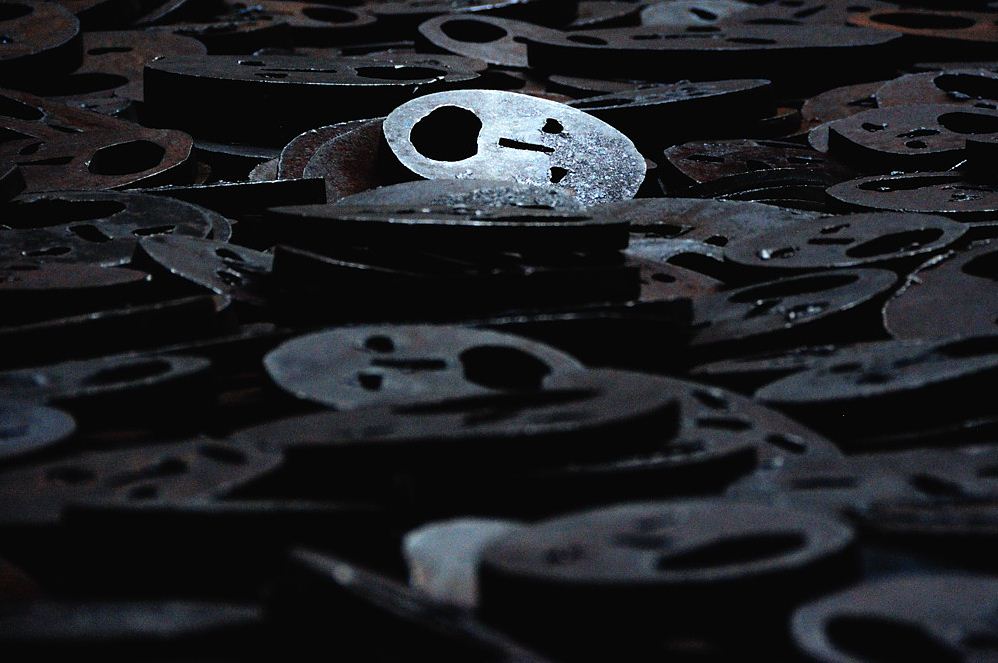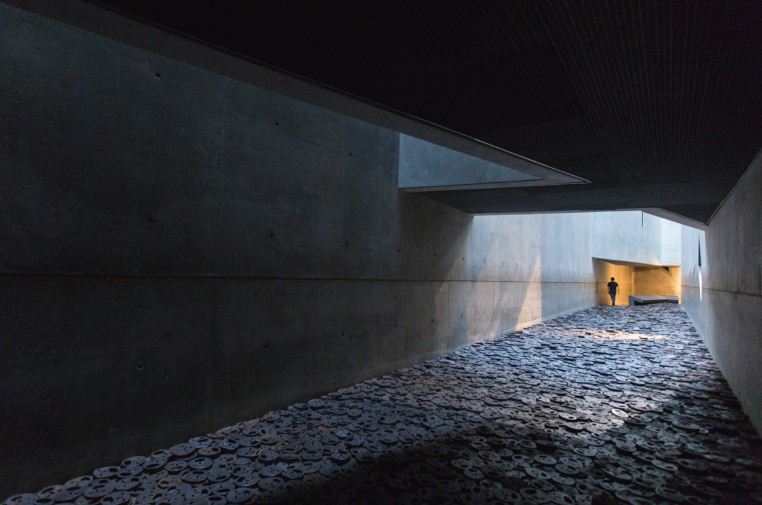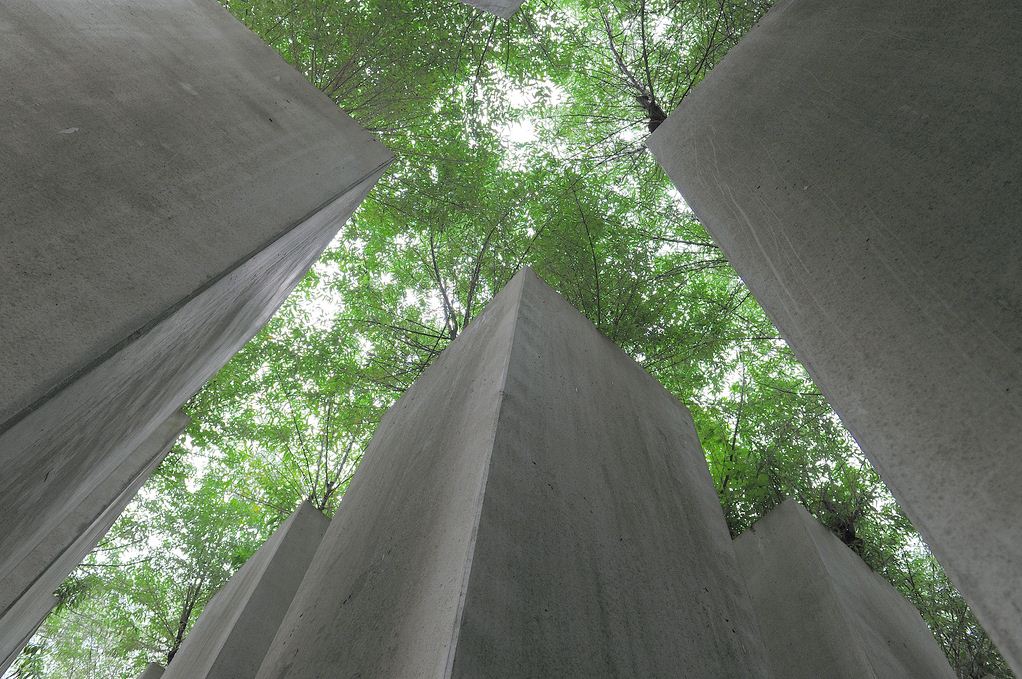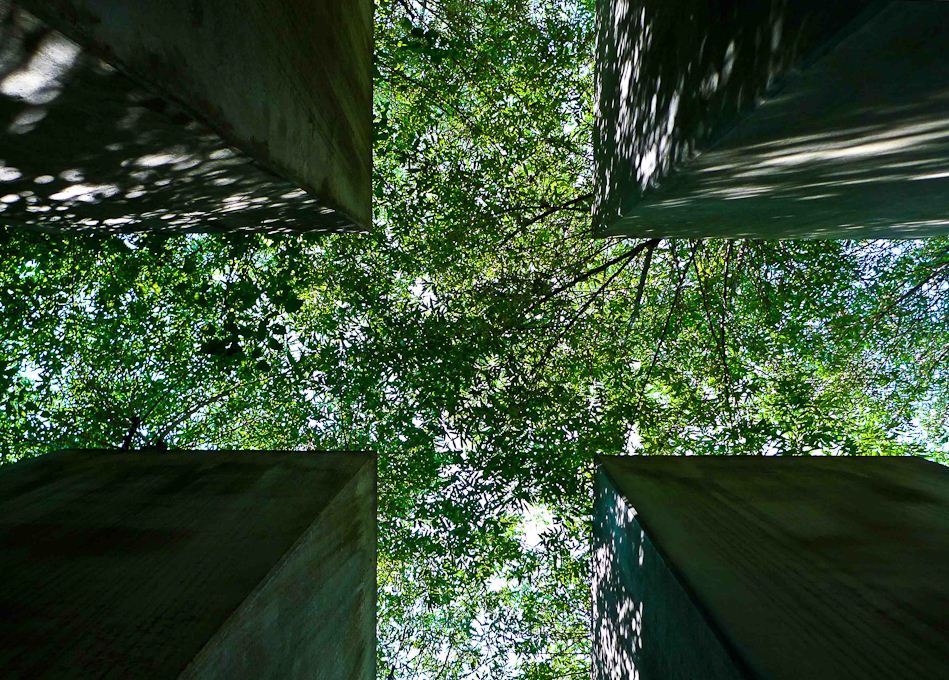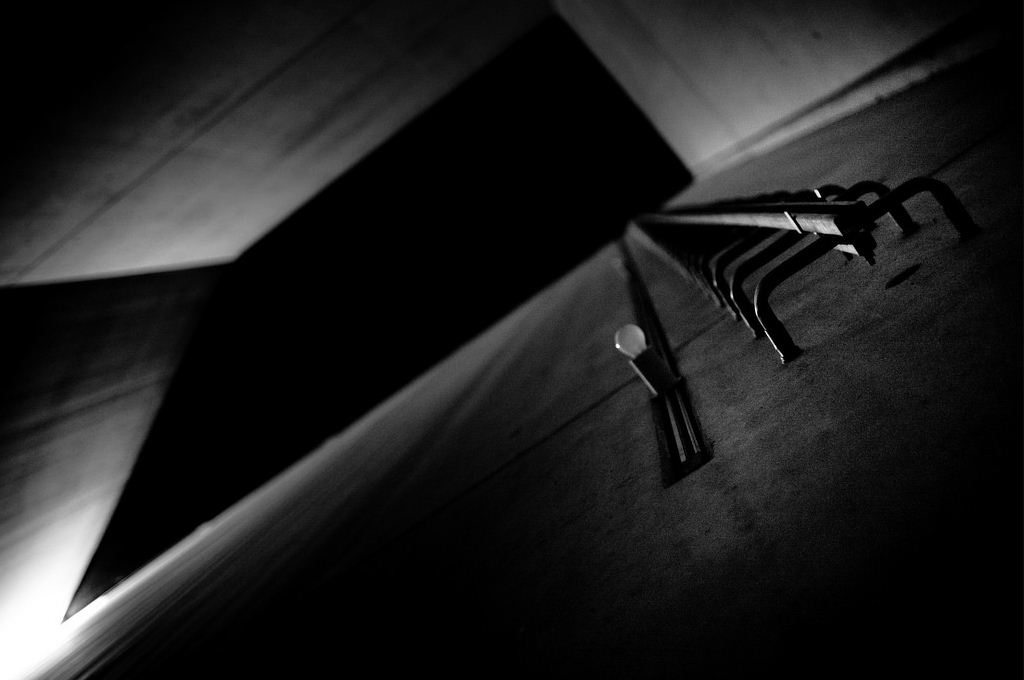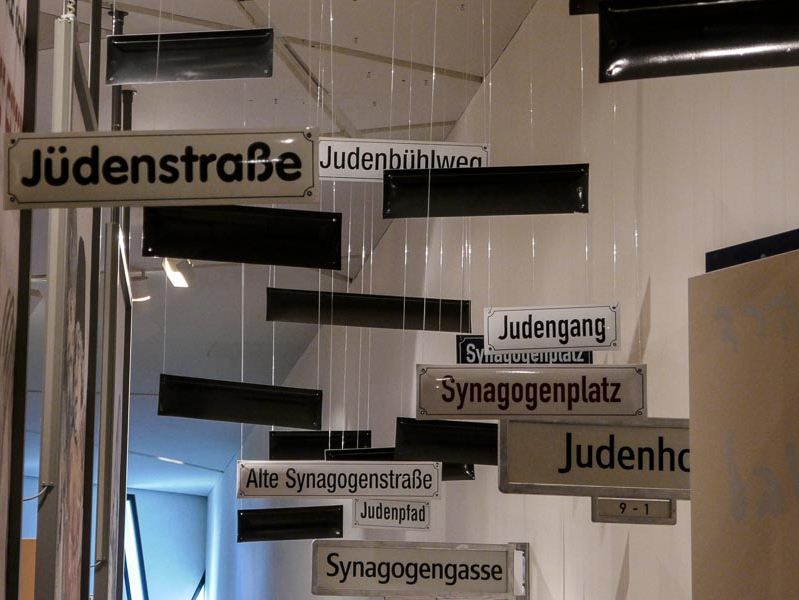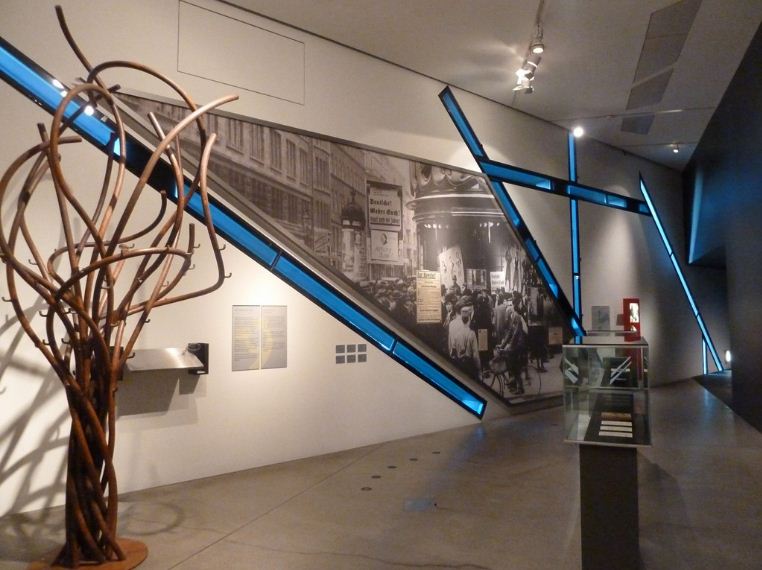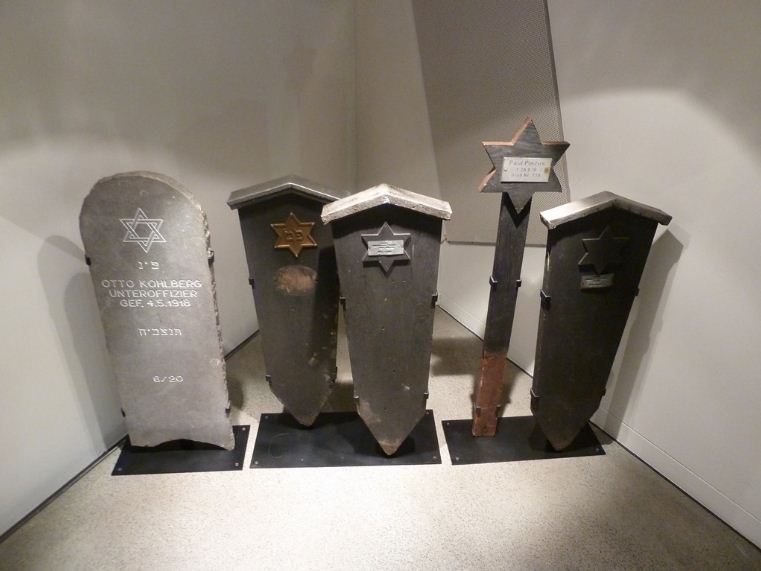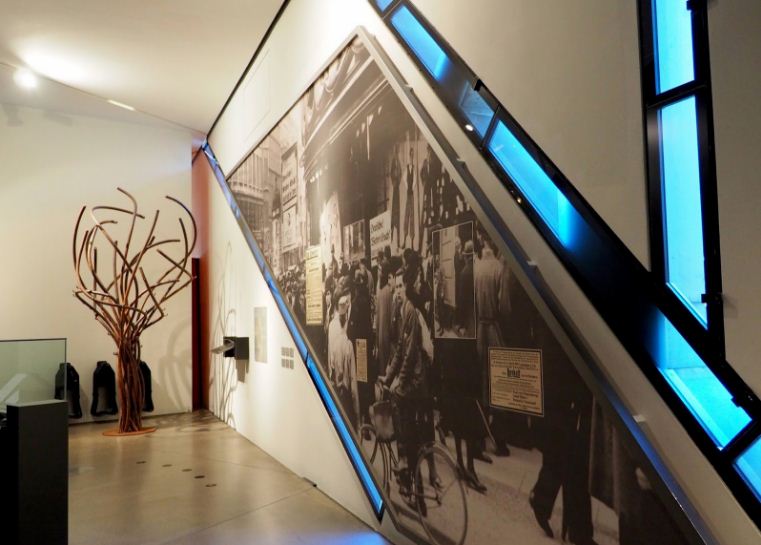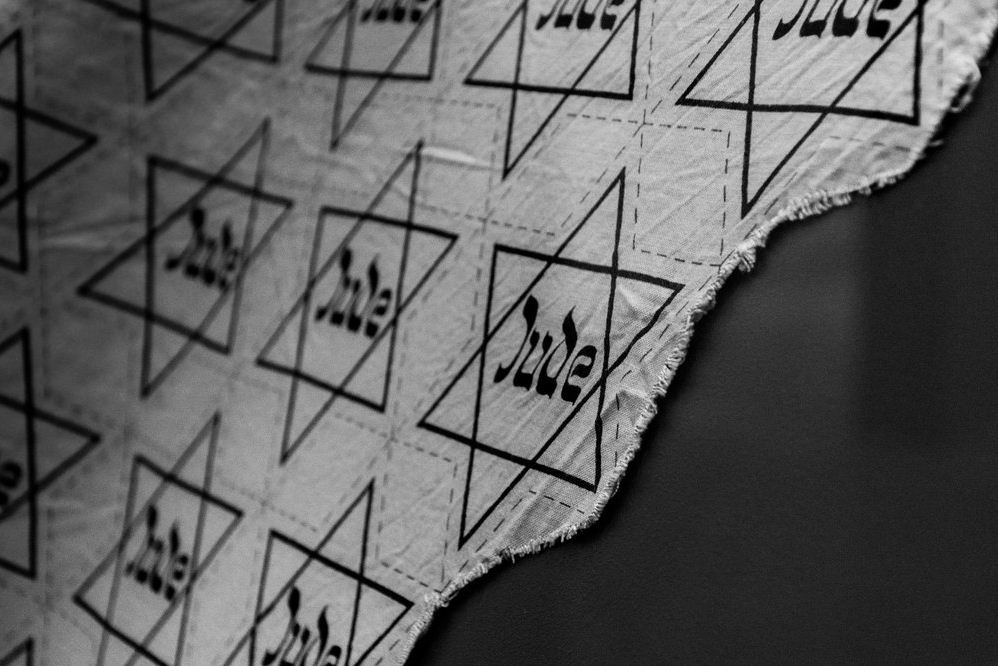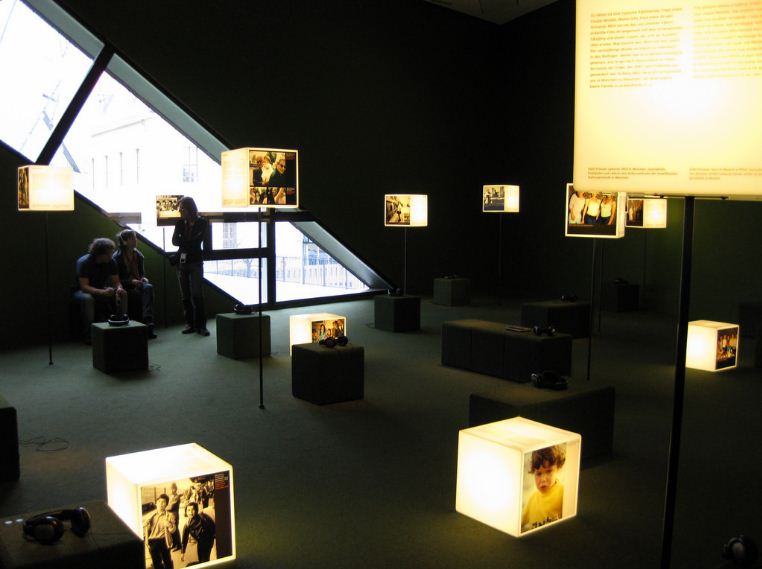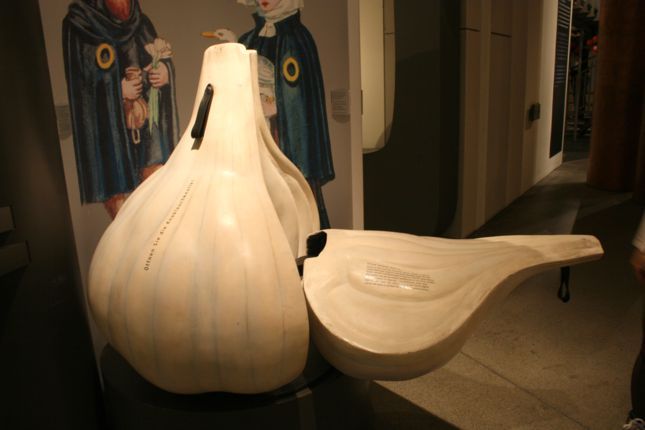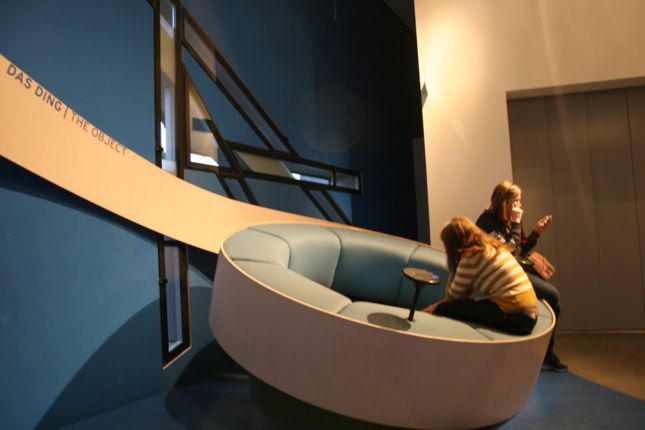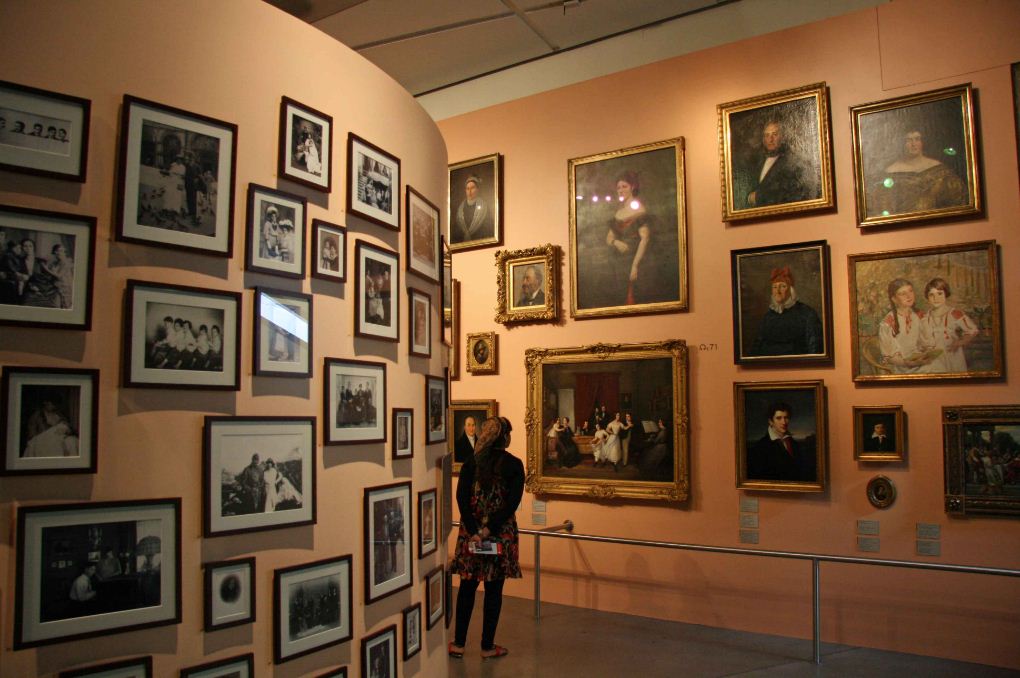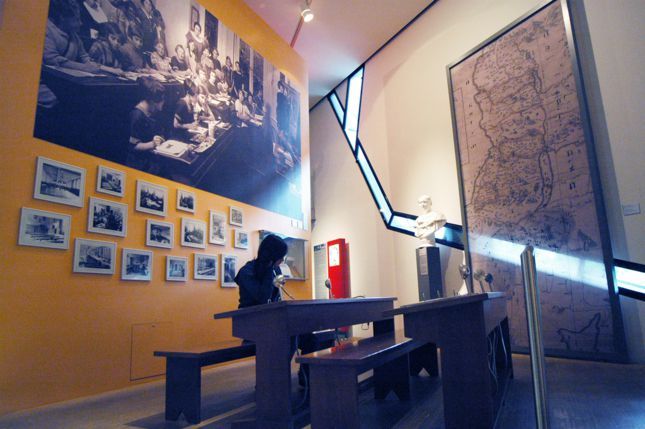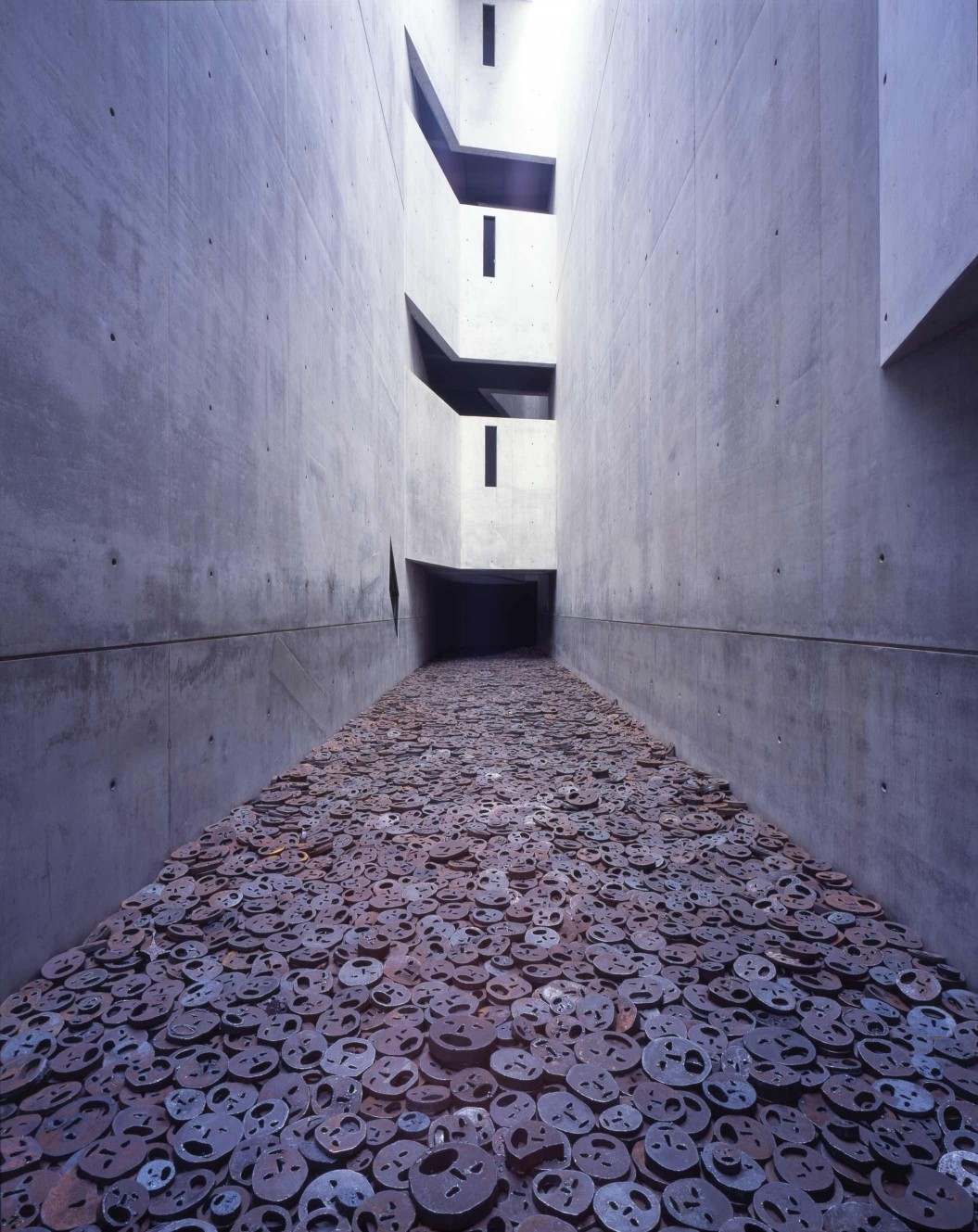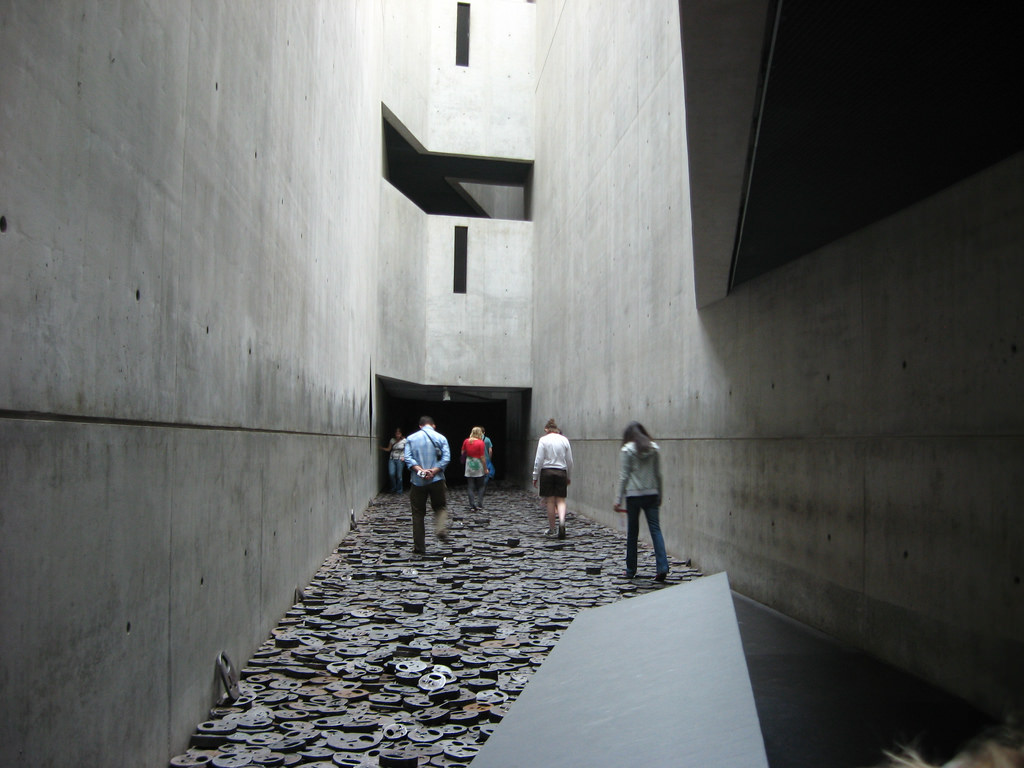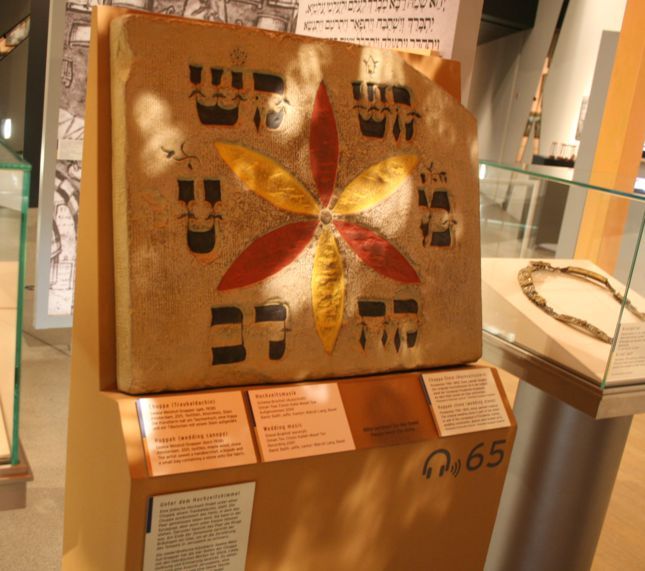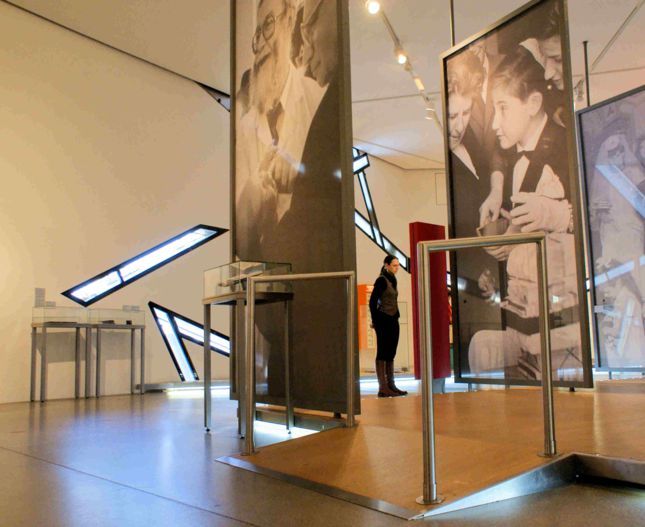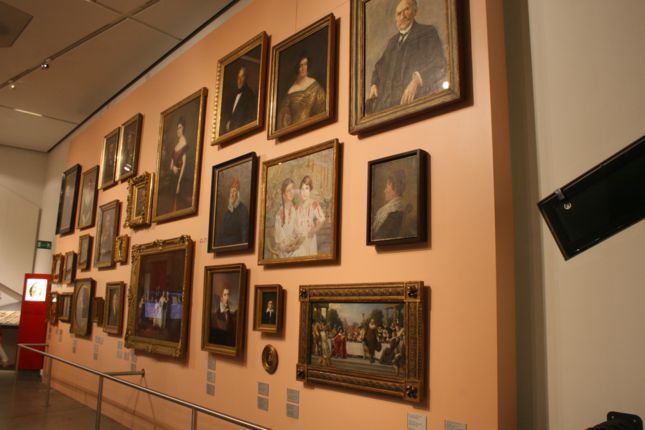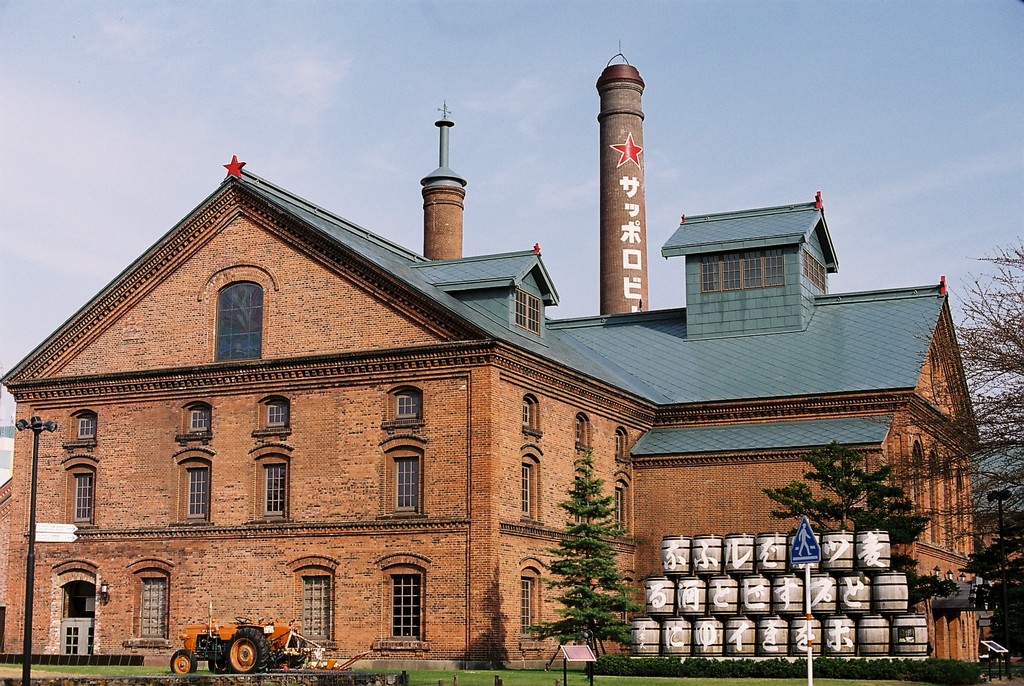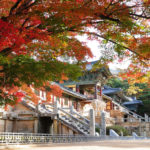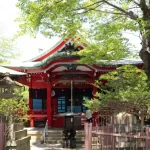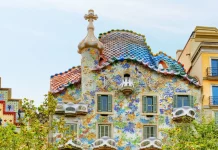Do you know which country has the most Jewish museums in the world? The answer was unexpected: the country where the largest and the most intense genocide in the history of mankind had taken place – the Federal Republic of Germany. One of which — the Jewish Museum Berlin (Jüdisches Museum Berlin) — an “encyclopedia”, written from the repentance and the respect of the Germans, is worthy ofany peace lover to visit for inner illumination.
- Pietà — The Michelangelo’s sculpture masterpiece
- Top museums in Singapore — Top 9 fun, cool & best museums in Singapore you definitely must visit
- Jeju Museum — Top 5 best museums in Jeju Island you should not miss
- Worldwide Arms Museum — One of the best places you must-visit in Vung Tau, Vietnam
- Discovering the art of making Washi paper crafts in Japan

It has never been easy to summarize the history throughout the period between the medieval and ancient times to the present of a nation; to help visualize and to inspire visitors about the culture of such nation, especially when it is the Jewish people, a people without home,always being denied but always with consistent,durable and strong cultural identity.
Jewish Museum Berlin consists of two buildings. The old one (also known as Kollegienhaus), built in the Barrock style, designed by architect Phillip Gerlach in the 18th century, is now the lounge, tickets, deposit, souvenir shops … and the special themed exhibition area. The new building, the museum’s main exhibition, was designed by architect Daniel Libeskind in the deconstruction style since 1989, however, until the end of 2001, the Jewish Museum Berlin was officially opened. At first glance, though the ancient buildings with European architecture has a warmer and more welcoming feel; it is the new building of Daniel Libeskind that really impresses and gives you more surprises. Visitors will gradually feel that in boththe museum and architectural language as soon as they enter the exhibition area.
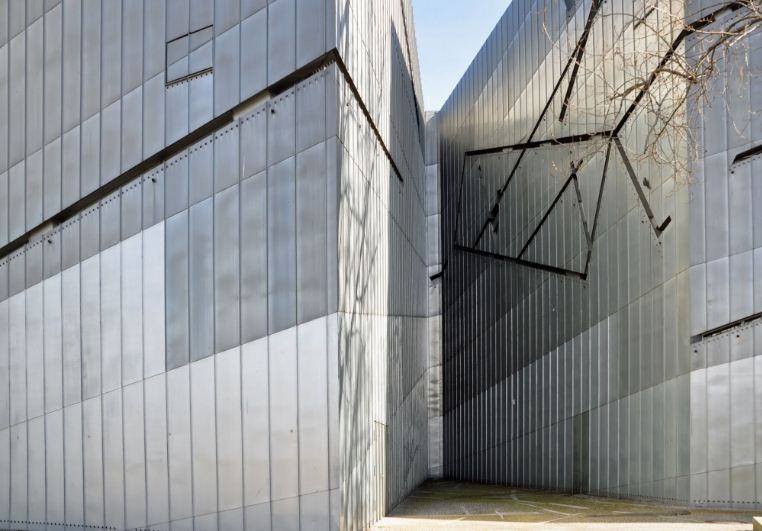
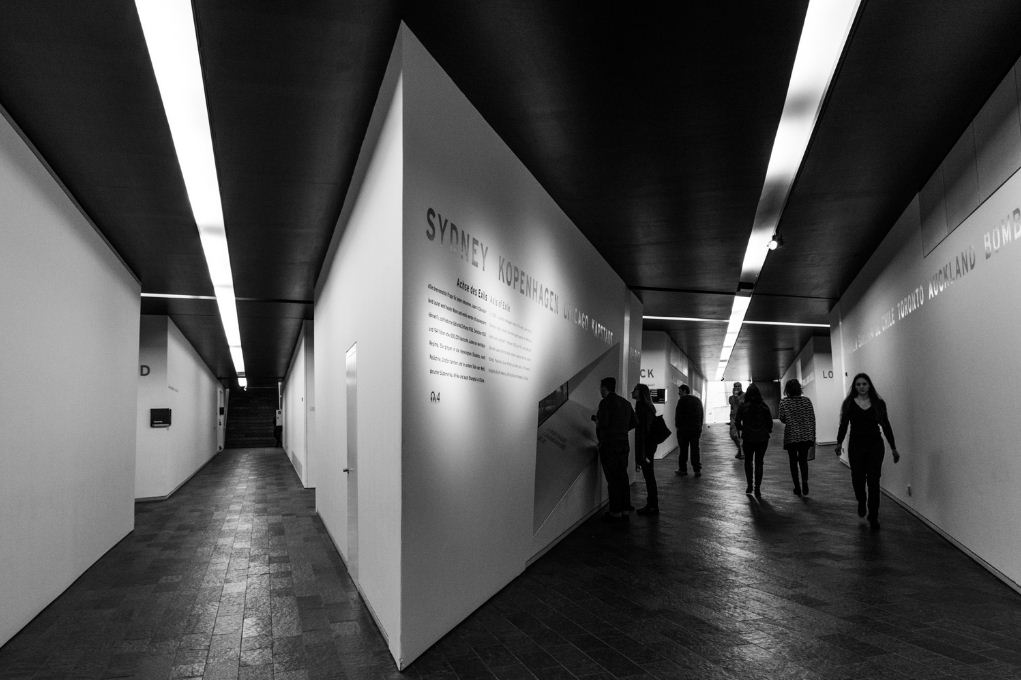
The basement — Quick cuts into history
The walkway down to the basement from the entrance will lead you to the first exhibition area. On this floor, Daniel Libeskind has designed the ground from three overlapping segments cut into the three main galleries: the symbol of continuity axis (Achse der Kontinuitat), exile symbol axis (Achse des Exils),and Jewish genocide symbol axis (Achse des Holocaust). Compact exhibition space, on each topic along three axis,will make visitors feel like they’re walking on a seven-mile boot visiting nearly two thousand years of Jewish history in Germany. The tip of each axis is a stop or purposeful going-points. At the end of Achse der Kontinuitat are the stairs leading to the upper gallery floor;at the end of Achse des Exils, visitors will see the Garden of Exile (Garten des Exils) and at the end of Achse des Holocaust is the Jewish genocide Tower (Turm des Holocaust).
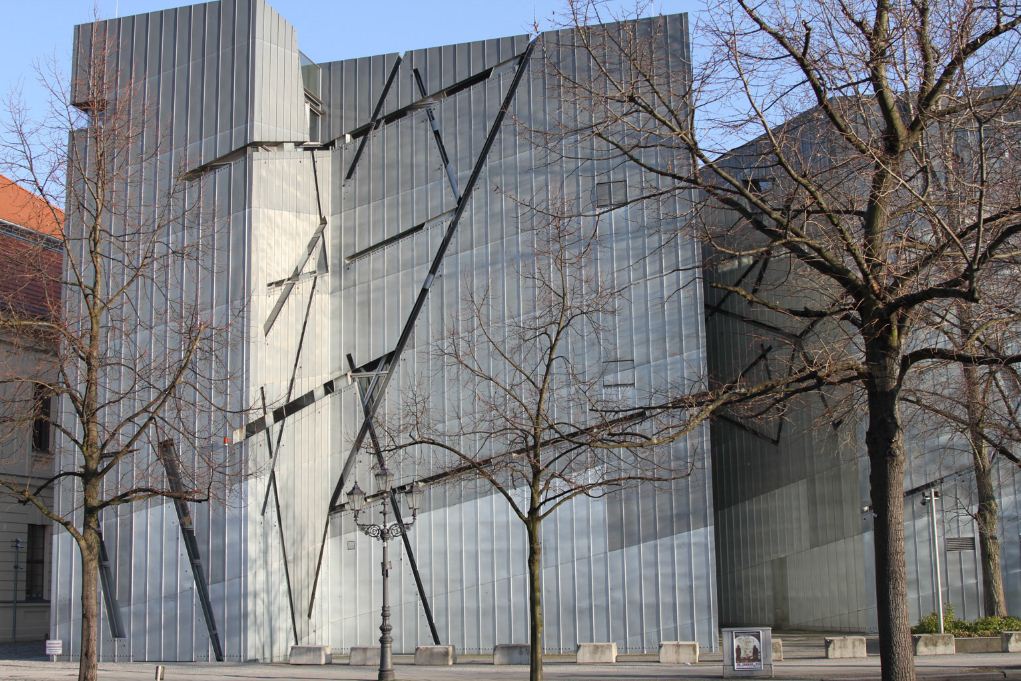
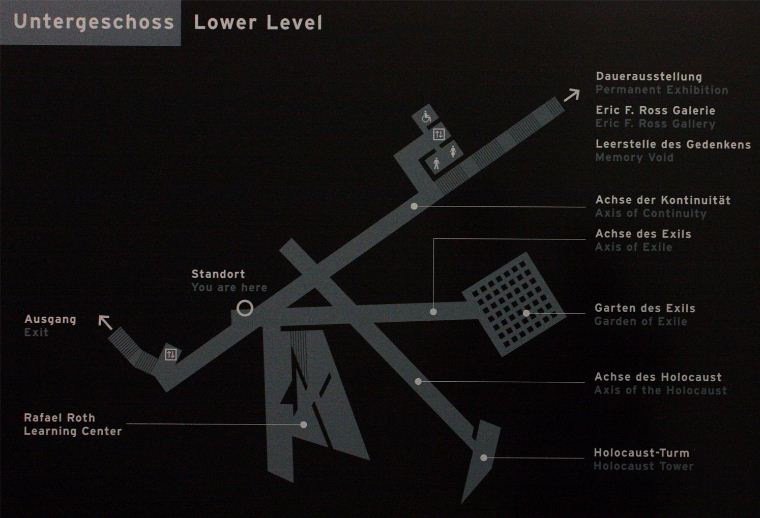
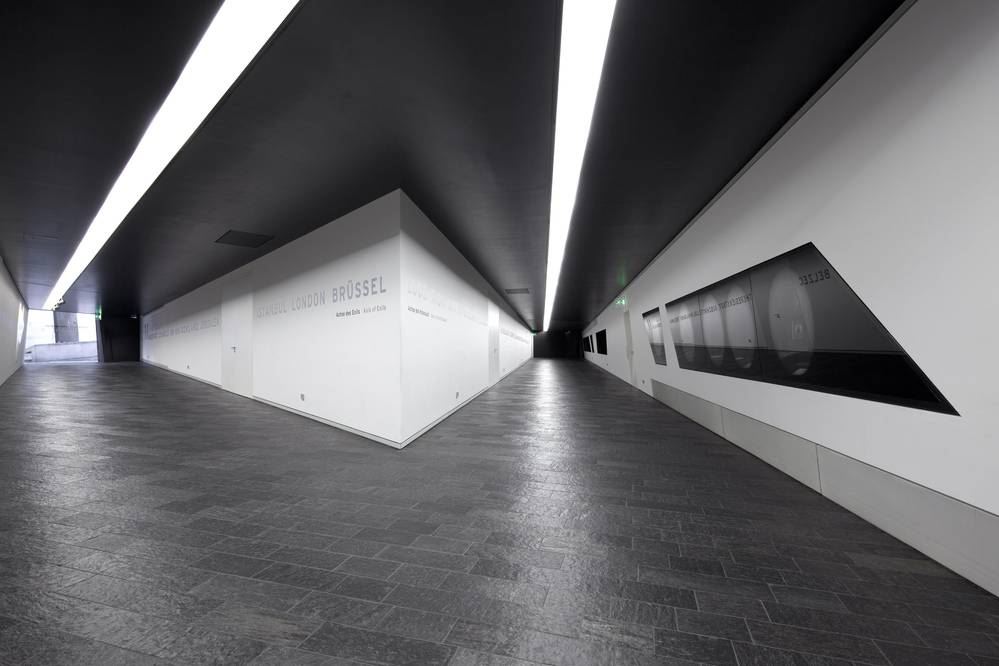
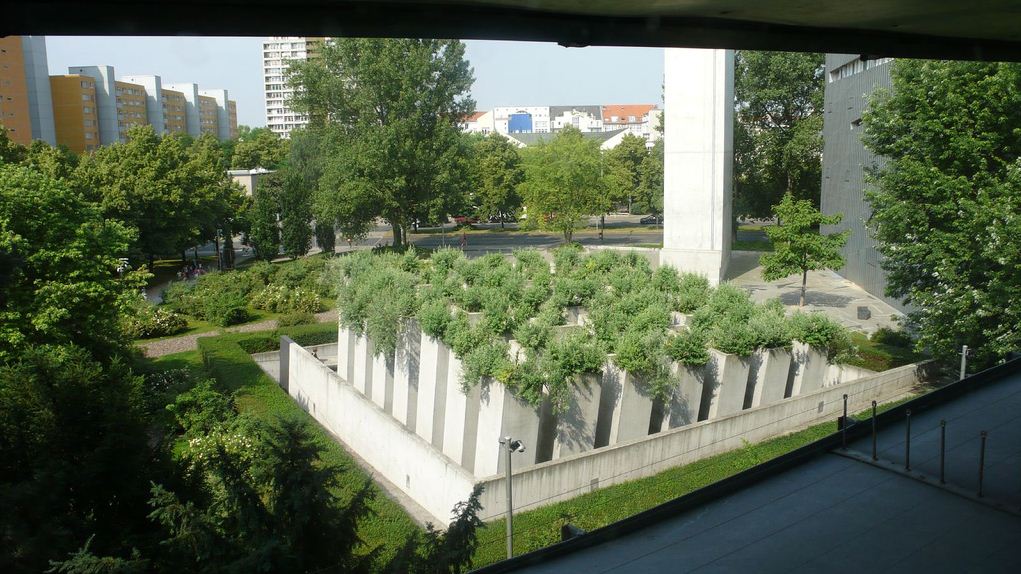
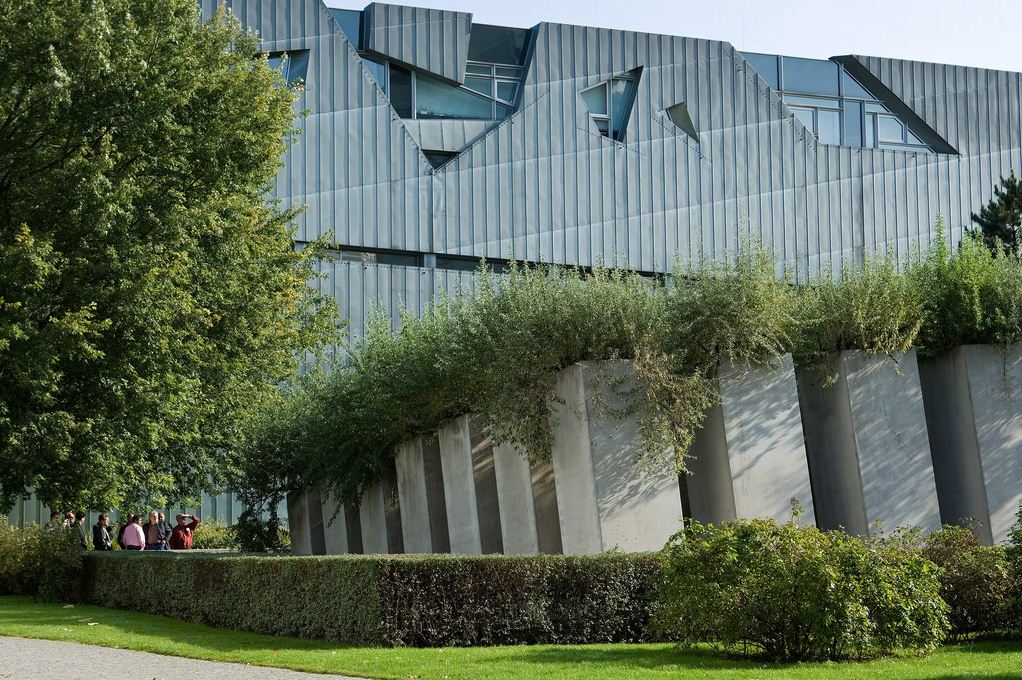
The Garden of Exile is the only space that does not have the basement’s cover. There are 49 gray concrete columns 6m high, rising straight opposite to the inclined way. No. 49 is taken from seven multiplied by seven, a sacred number in the Jewish faith. A Hemp willow tree, a symbol of Jewish freedom and hope, is planted on each concrete column and in early summer time, tiny flowers like little stars,radiate their light scent, for the lucky visitors to catch a few relaxed and peaceful “stars”.

Standing in the center of heavy rising columns, the view is obscured; the sky is minimized while on the up high, there are still green and blue trees. A slope at the foot brings you the illusion of uncertainties and there are pillars that seem to drift and collide towards each other. The architect intended to take the holy land in Jerusalem to make the inclined plane at the foot of the pillar, but this idea was unenforceable. In the middle of the garden, if you close your eyes, you will see pictures, flying dreams, massive weighed nightmares and the devastating reality that flashed through the eyes of little Anne Frank while hiding in the house behind her father’s company for nearly two years…
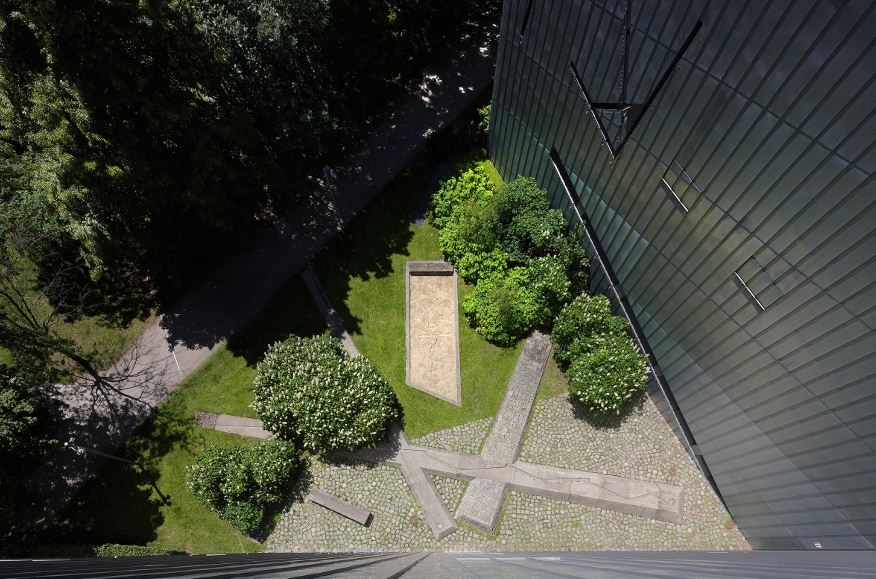
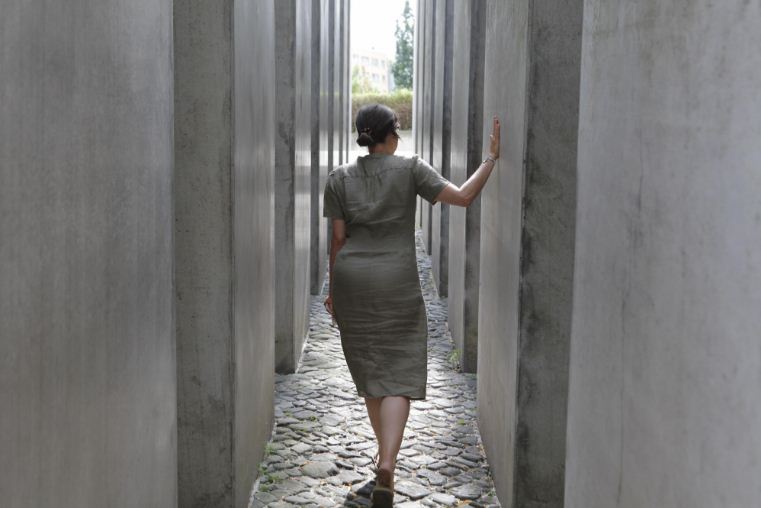
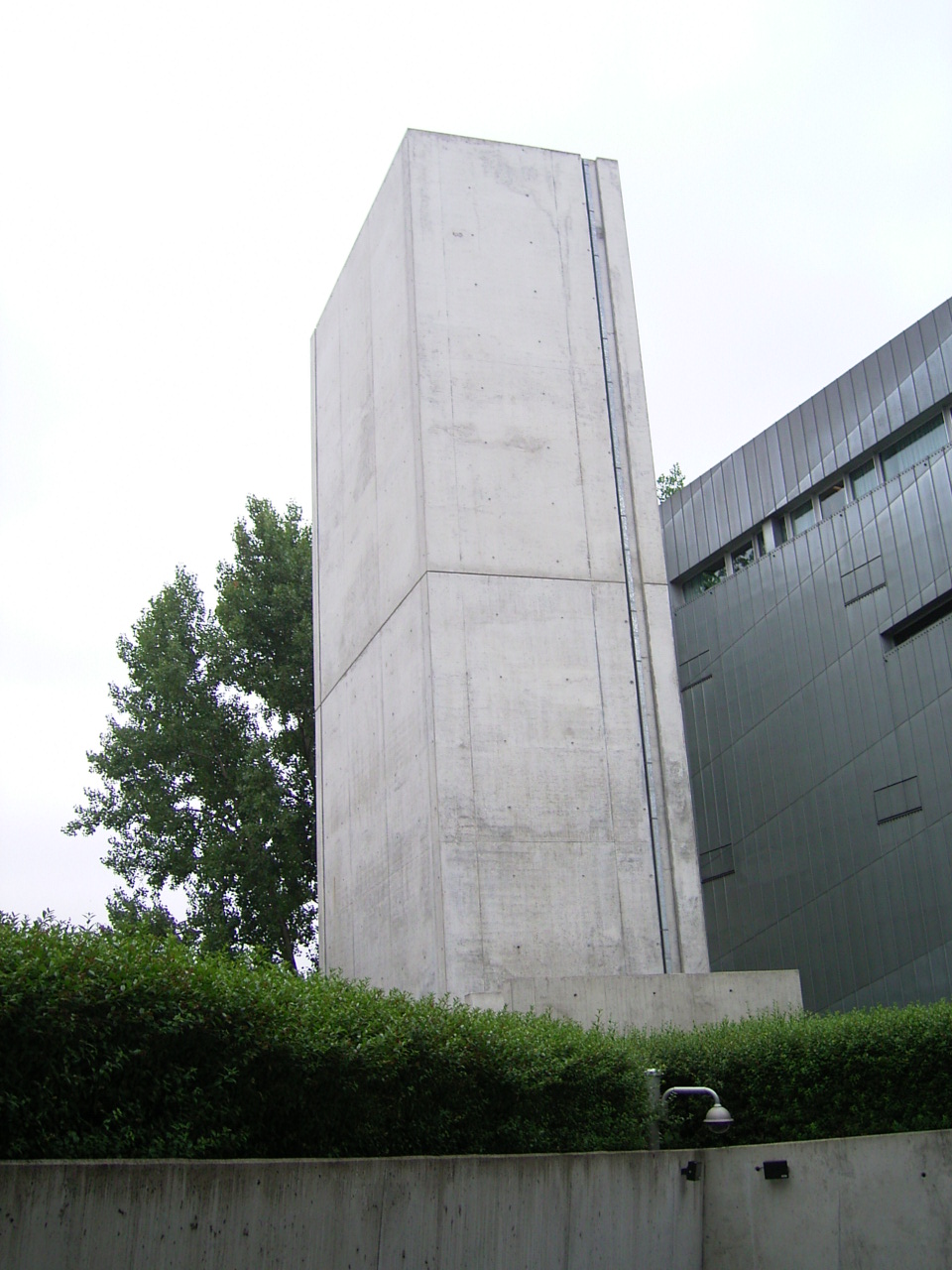
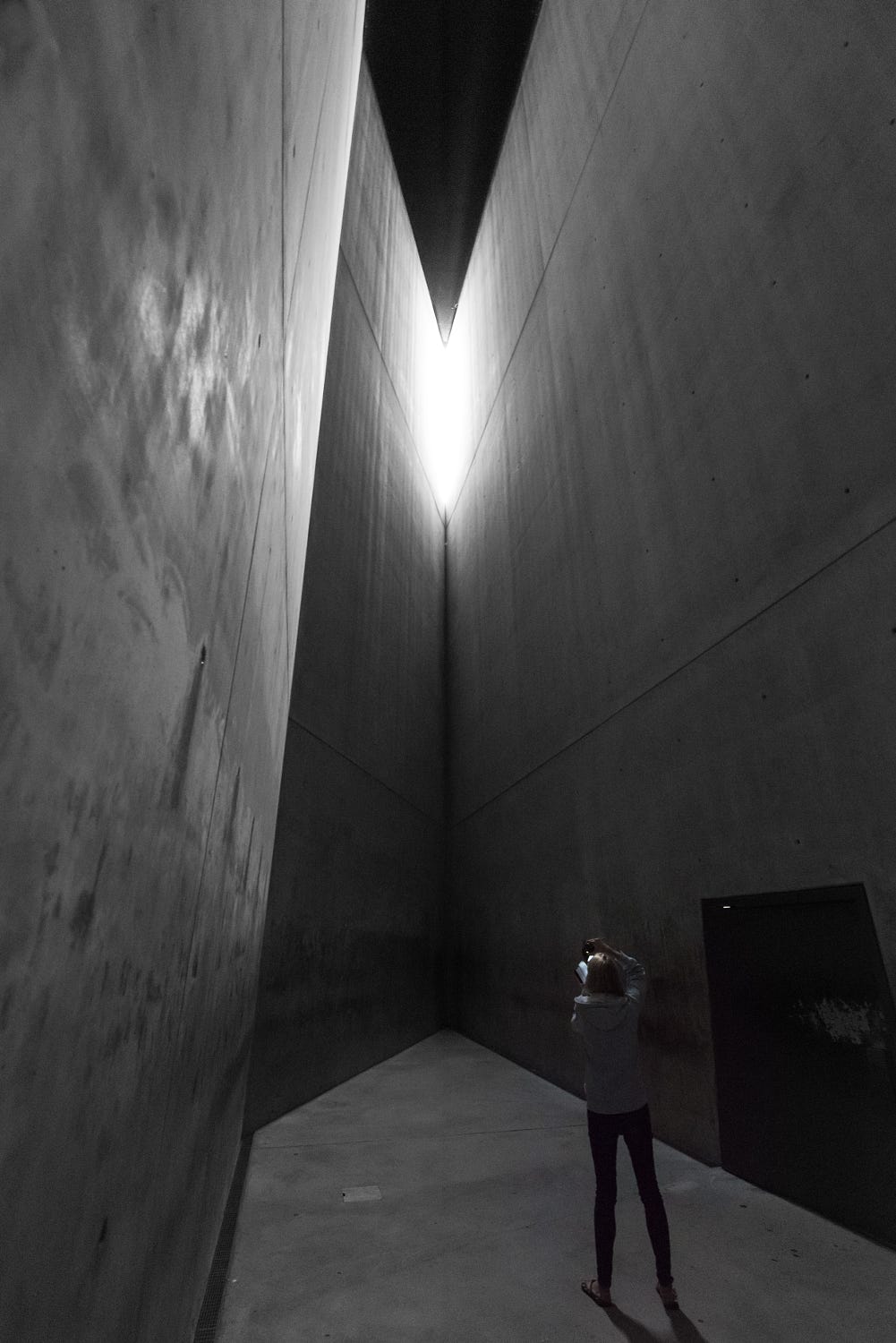
Following the museum’s direction, when leaving the basement, you will not be on the ground floor or first floor but goes straight through the grand staircase up to the second floor (the highest floor of the museum) and then slowly go down. From here, you can scroll back in time to the Middle Ages then gradually come back to the present.
Second floor — The formation of the Jewish culture, the struggle for existence
The entire second floor depicts the life and culture of the Jews from medieval times to before the Second World War period. Between the two minimalist colors black, white throughout the design ideas, the rich cultural colors appear playful, lively, with full of light. The formation of the Jewish culture is described from exhibition specimens taken from the old settlements such as ancient house model, oven, map activities, costumes … to sacred objects as Bible written pieces of leather, old Tora roll (the Jewish Bible), the Tefillin (the leather string used in handcuffing and top wearing when praying to God in the memorial of Jewish releasing from the slavery of Egypt event) … The customs, traditions, religious ceremonies of Jews are meticulously depicted in paintings, models, statues, stories … All are hung or placed beside display panels simulated the walls in Synagoge (Jewish church).
If you carefully follow the dots and black directional arrows, you can determine the chronology and content for each display area as well as throughout the entire museum. On the second floor, if look closely, you will be able to figure out from the first day full of hard work of the Jews in the land of strangers. They lived mainly in poverty in the countryside until the urge for civilization in their own communities, by focusing more on scientific research, astrology, philosophy gradually changed the harsh rules, heading to equality for women… and took the chance to develop prosperously, to stand in the aristocracy of one of the most powerful empires in conservative Europe.
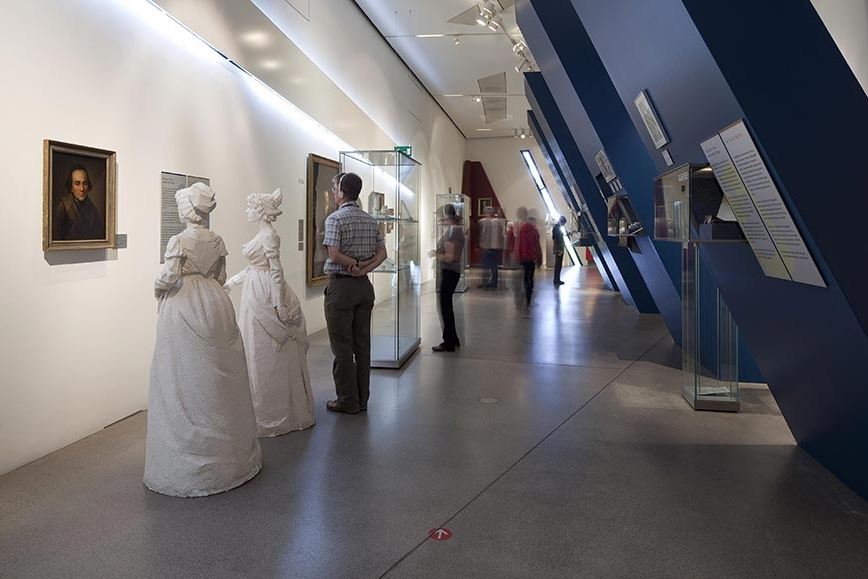
Following the instructions of the museum, go to the first floor, you will understand the causes leading to the outbreak of genocide against the Jews on a large scale throughout Europe and how it happened.
First floor — The effort to win the equality of Jews in German society
On the first floor, architectural materials and the museum materials are more modern. In the exhibition space are the impressionistic paintings, modern sculptures, film photos, books, a room with a piano and Christmas tree … as we encounter in the present. The sophisticated silver, gold objects, the massive cathedral model, well-known names until now of Jewish artists, thinkers, wealthy merchant appear densely from mid-18th century; the Jewish community became richer, more powerful and had more cultural influence.
The museum has very smart exhibition ideas when creating a Kinderinzel (an island for children) before moving from the flourishing period of the Jews to their darkest period – the period of genocide (the Holocaust). In this area, there are round, perky colors “multimedia islands” so that viewers can sit and relax. Each island has its own theme and is like a real encyclopedia that can attracts both small children and adults. The island for children is like the last sunny day allowing visitors to experience the warm and happiest moments which are about to go through and prepare to face the fiercest storms.
The part related to the Holocaust is the darkest part of the overall picture of Jewish history as well as in the entire design concept of the Museum. However, this museum mainly honors the Jewish ethnic and culture, therefore, this part uses a lot of metaphor symbol and language, with highly descriptive and symbolic meaning instead of meticulous numbers and painful images.
There is only a black wall with major milestone. The remaining anonymous character like children, women, and the stories of an individual or of a family are very respected by the museum. Open a suitcase with a Jewish child photo, you can read a letter, that kid was loved by his/her father or mother, you will find an old photo or see a cotton baear which was once a friend of that Jewish child.
Those children and adults had left all their possessions, school, work, friends and even the freedom to escape the concentration camps and chambers, but always carry their own piece of love, like a six-pointed Star of David – never giving up the desire for freedom and revival of love.
Closing the exhibition space of the first floor is the new revival of the Jewish life, there are over 100,000 people living in the German society to date. Here, they are welcomed back and find a way to continue to take root and rise high.
Ground floor — the memorial vacancy
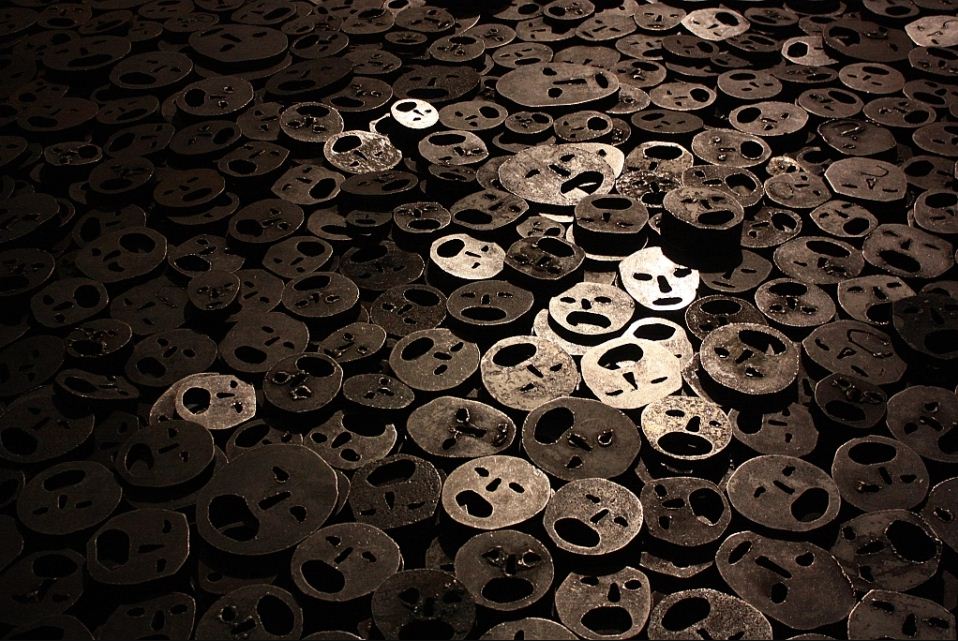
In the museum there is a unique ceiling vent throughout from the ground to the roof called Leerstelle des Gedenkens (the memorial vacancy). Up high is a dim, bright space as in an enclosed tower;under the floor, it is covered with nearly 10,000 faces with different expressions made from thick iron designed by Menashe Kadishmann. The Holocaust is considered as a hole that can not be filled in German history. Each face represents a fallen Jew from genocide. If visitors choose to walk on this floor, the faces will bump into each other, making a large crunching noise. It is the intention of the designers and the museum, for the Jewish souls to be welcomed back to life and never be forgotten.
Closing
There are not many museums that possess such an intelligent uniting architecture and ideas. You will have to spend at least half a day to explore this museum. The Jewish Museum Berlin is a typical modern museum with high interaction with the visitors. You’ll find every corner of the museum has a surprising and interesting space, you can touch the exhibits, open, close, write your name in Hebrew and then print it out, play games, even get through the stairwell, lie on a red cushion watching television or thread through a tunnel …
But above all, the sweetest scene in my mind is pink pomegranates made from paper, on which visitors can write wishes of their own and hang them on a large pomegranate tree model. Pomegranate for the Jews is a sacred fruit, a symbol of prosperity and passion. On the first day of the new year, the Jews will eat a pomegranate and hope that they will reap countless good things like pomegranate seeds in the next year.
In addition to the LCD screens showing the fluterring leaves, there are green fabric leaves that can be touched by hand, and paper pomegranate on which are written, without purpose, but very sincere wishes of many visitors from all over the world in all languages,makes me feel so small and moved. I also leave a message: Pray for a peaceful world!
Further information
Jewish Museum Berlin
Address: Jüdisches Museum Berlin – Lindenstraße 9-14, 10969 Berlin
Telephone: +49 30 25993300
Museum information: Jüdisches Museum Berlin – Lindenstraße 9-14, 10969 Berlin
Website: www.jmberlin.de
Opening hours: Monday: 10 – 22h / Tuesday to Sunday: 10 – 20h
Closed on 15/11, 24/12, 5 & 6/9 and 14/9
Admission fees (Prices): 5 euro for adults
Children and discounts cases (students, retired elderly, etc.): 2.50 euro.
Family: 10Euro (for parents and up to 4 children included)
On the first Saturday of every month: Free admission for visitors under 18 years old.
How to get there: Public transportation to the museum. Take subway U1, U6 to Hallesches Tor station or U6 to Kochstrasse. Take the bus number M29, M41, 248.
































